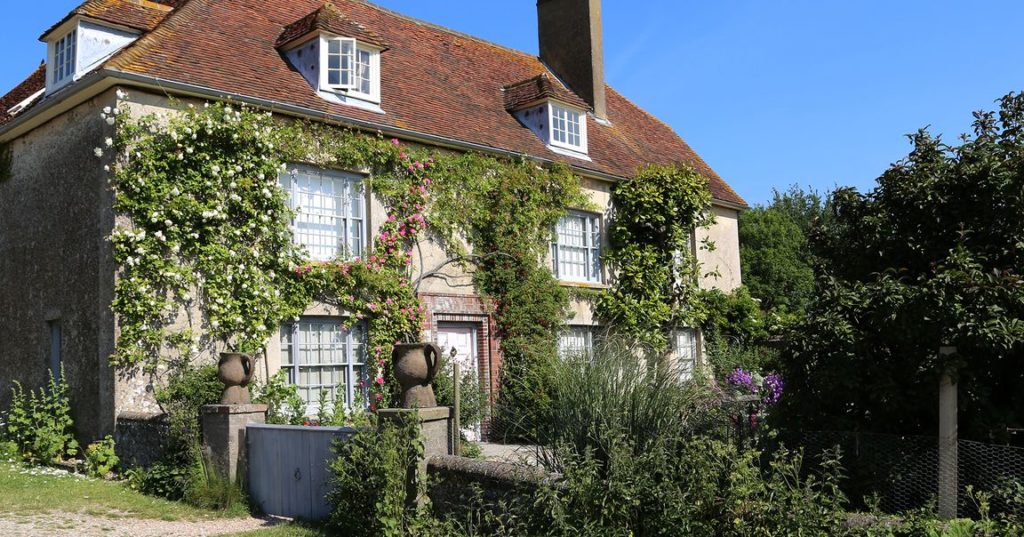
At the beginning of the 20th century, a London literary set of writers and artists created an extraordinary retreat at ‘Charleston’, a small farmhouse buried in the Sussex countryside. Avoiding call up for the 1st World War, ‘The Bloomsbury Group’ (whose name derives from the district of London where they lived) escaped to the country. The group was made up of some of the greatest writers and artists of the century centred unusually around two extraordinary women – the writer Virginia Woolf and her sister Vanessa Bell, a painter. Other key members included a revolutionary biographer Lytton Strachey, Duncan Grant a post-impressionist painter and even an economist in the rather unlikely figure of John Maynard Keynes.
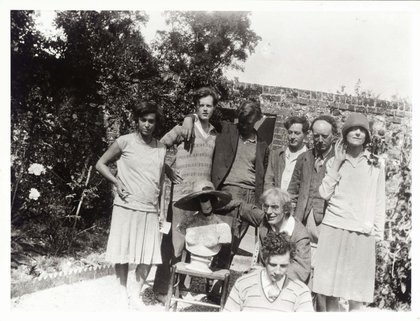
In contrast to the farming duties they were supposed to be undertaking, ‘Charleston’ instead became a centre of intellectual and artistic production. As if it could barely be contained, their creative energy spilled out onto walls, furniture, beds and baths – all hand painted in the now famous Bloomsbury style.
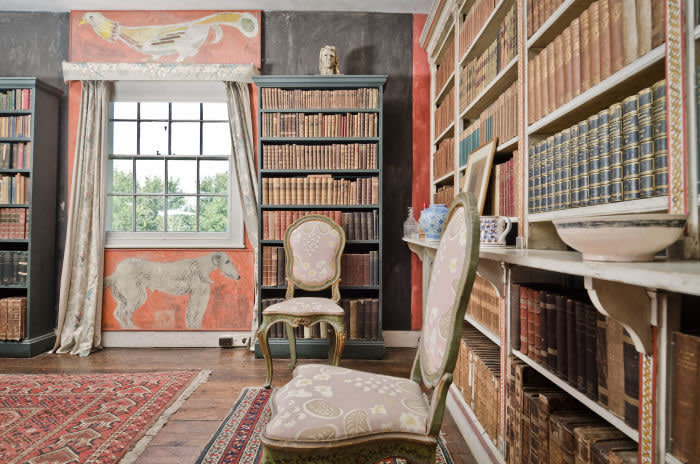
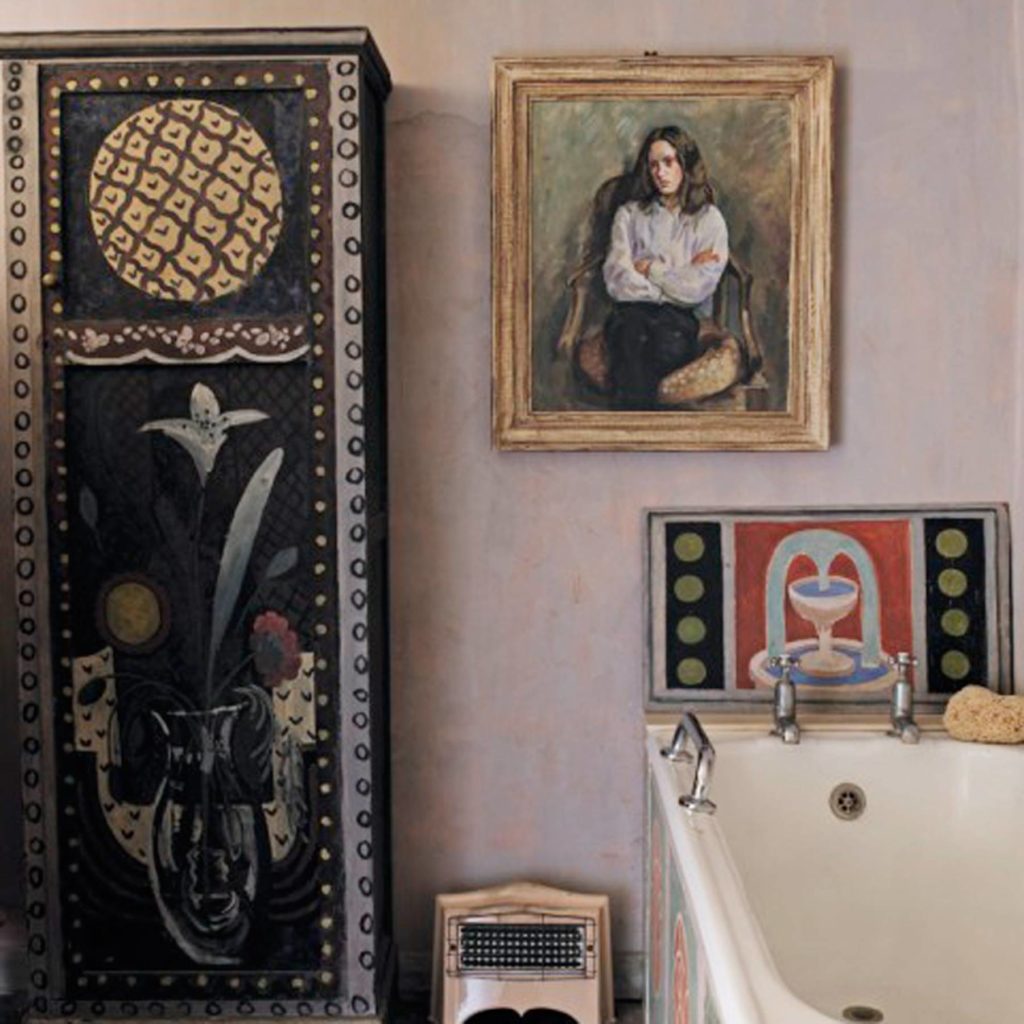
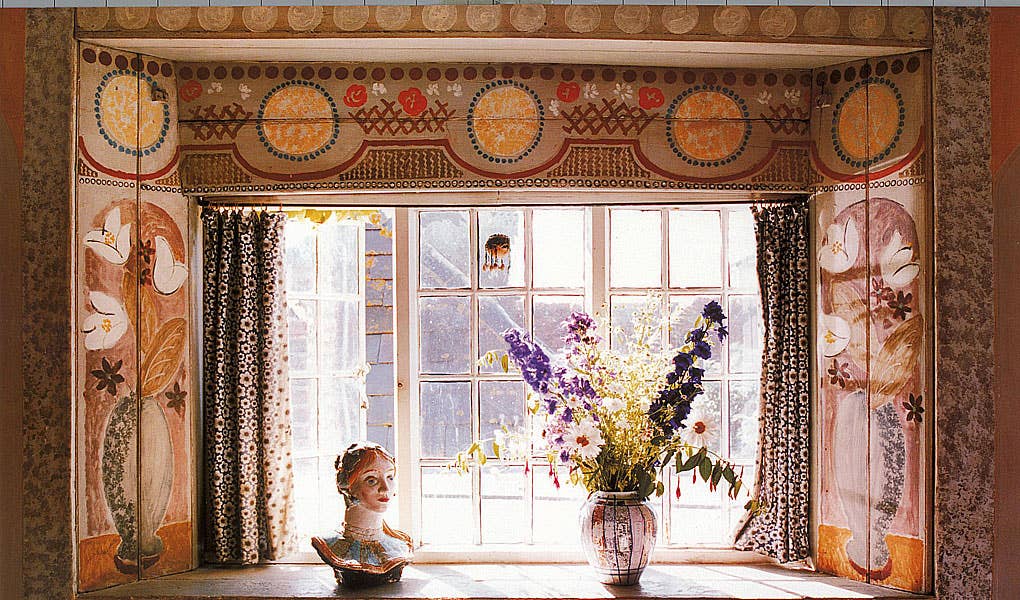
The house stands as a striking embodiment of bohemian sensibility. Few visitors leave without a tangible sense of the group’s values – friendship and individual freedom above all things. Their romantic entanglements remain a constant source of intrigue. Plotting their love affairs (many played out in the house itself) has been compared in complexity to a map of the London Tube (Metro).
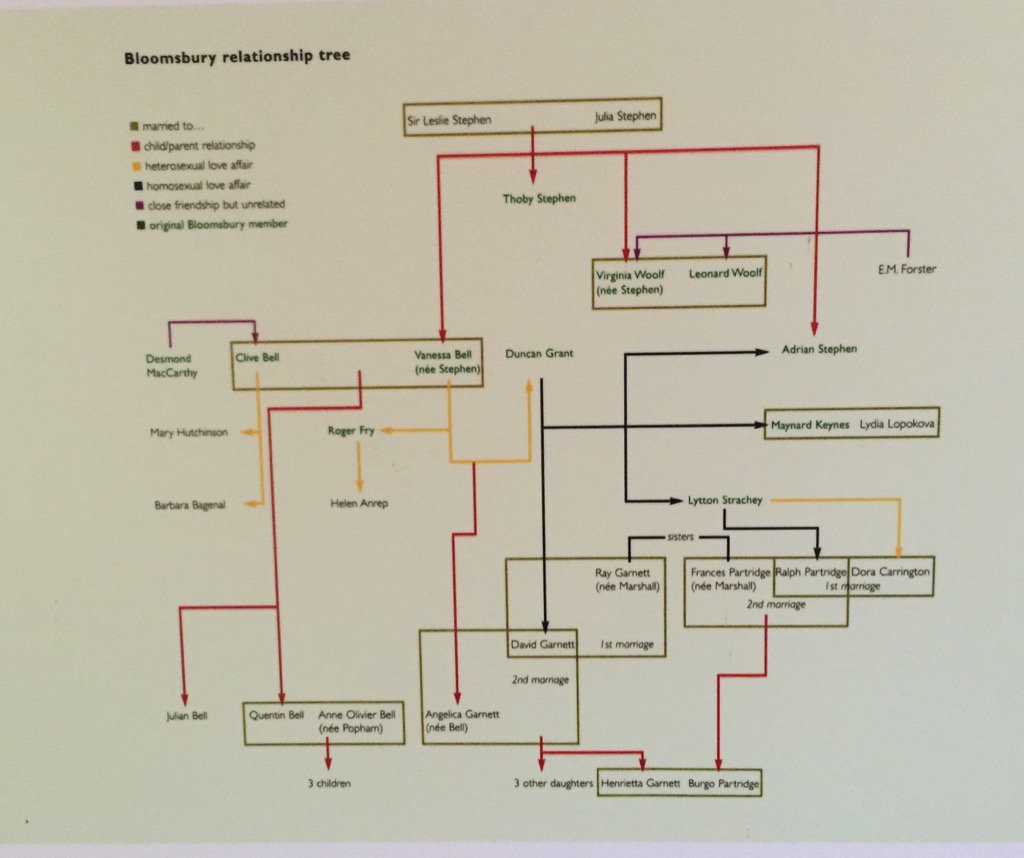
‘Charleston’ is a place close to my heart. I used to teach a course on ‘The Bloomsbury Group’ to American study abroad students. At the end of term, I would take my small group out of London to ‘Charleston’. Winding up the country lane on foot and turning the corner… from the first glimpse the house would work its magic. Everything is as it was 100 years ago. It is as if they have all just stepped out for a moment – paint still on the brushes.


